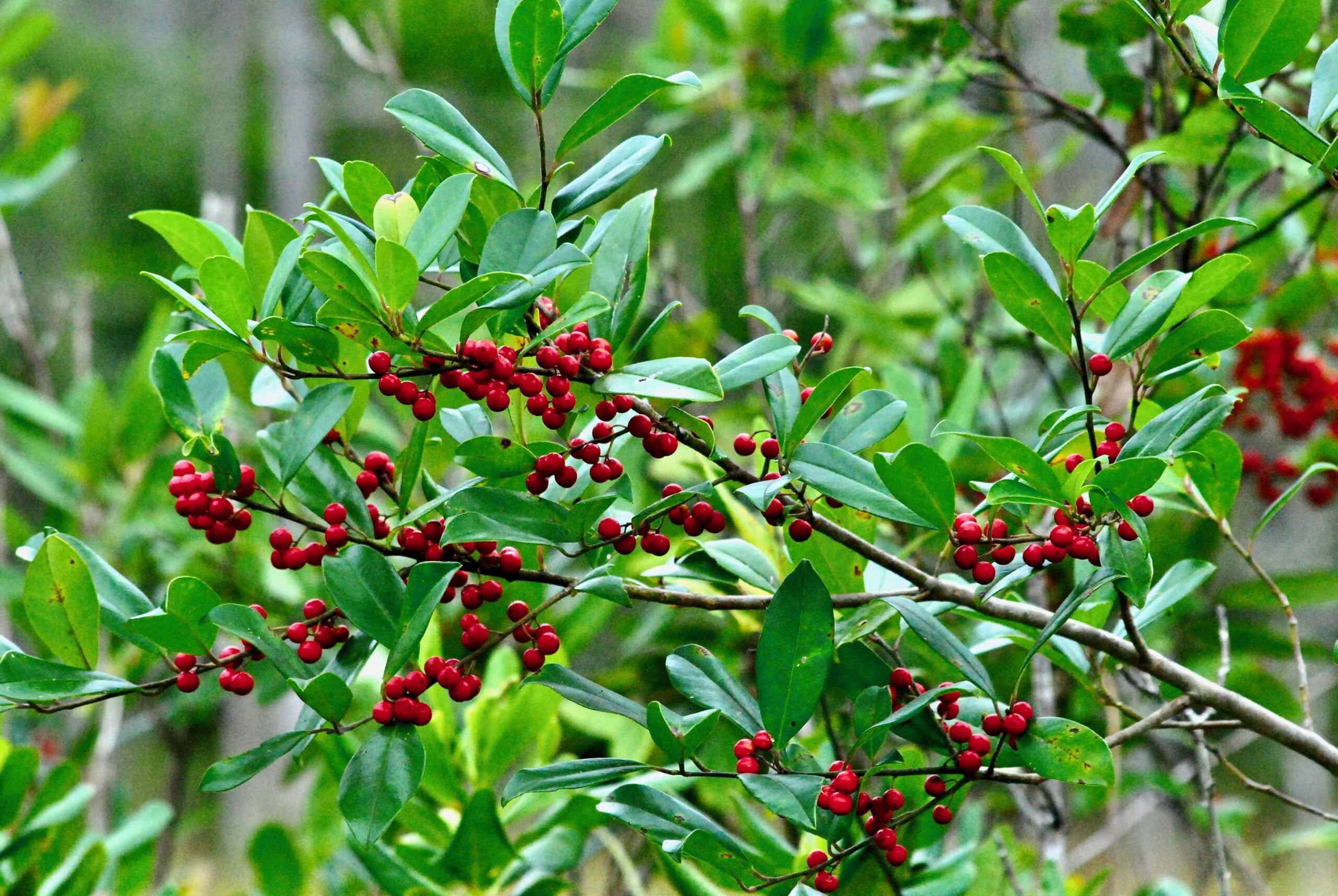The Dahoon Holly (Ilex cassine L. var. cassine), with its slender frame and glossy leaves, is a testament to the beauty and resilience of native flora. But its elegance isn’t its only asset. This holly variety also plays a crucial role in the life cycles of several insects, making it a noteworthy addition to any native garden. Let’s delve into the world of Dahoon Holly and understand its significance.
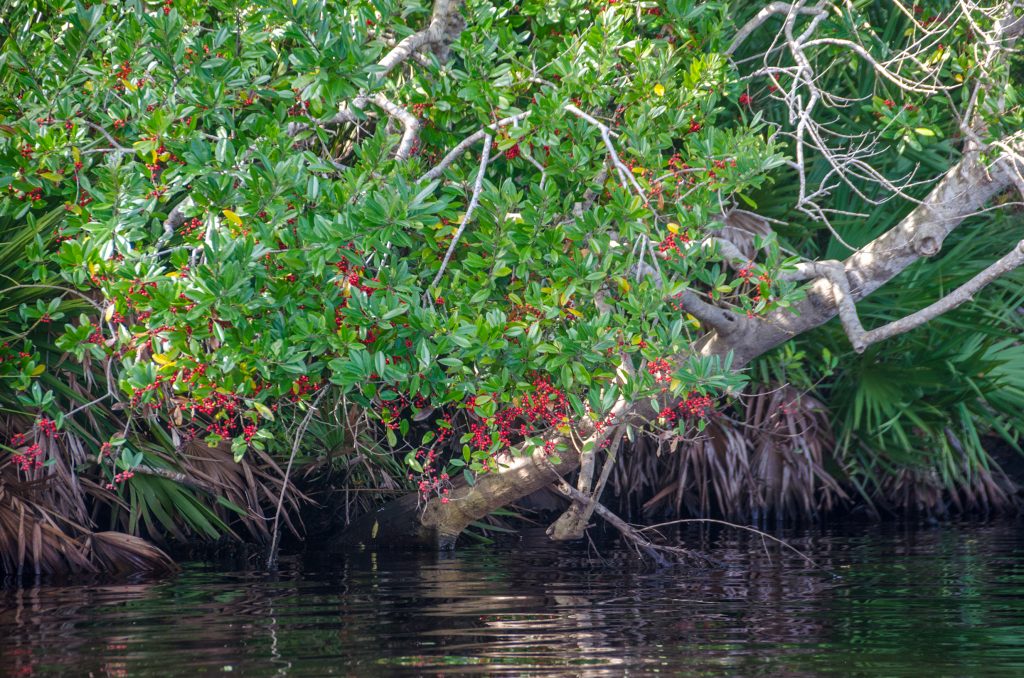
Native Range:
The Dahoon Holly is native to the southeastern United States, spanning from coastal Virginia, southward to Florida, and extending west to Texas. Additionally, its range continues into parts of Central America and the Caribbean islands. This widespread distribution signifies the plant’s adaptability and importance in various ecosystems.
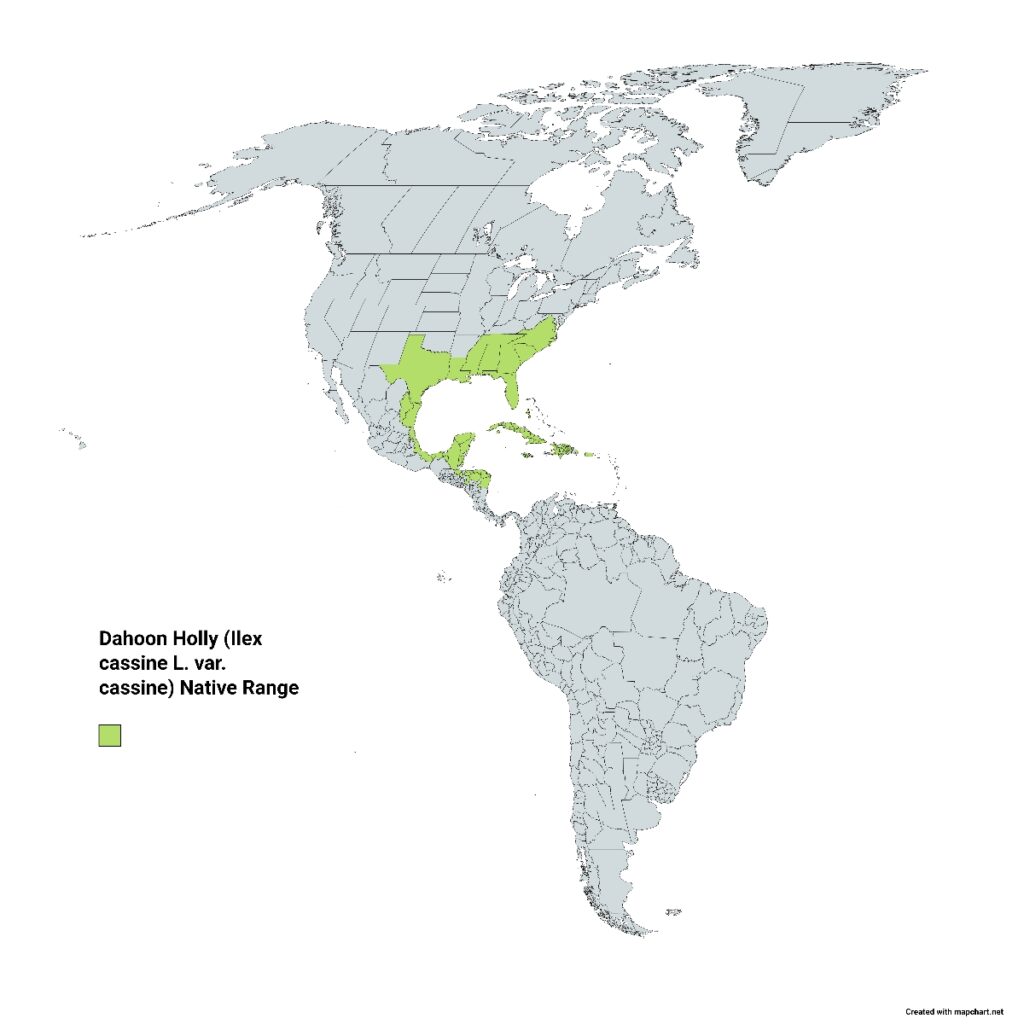
Ideal Ecological Conditions:
Soil: Dahoon Holly thrives in wet, acidic soils. Its natural habitats often include swamps, marshes, and the margins of ponds and streams.
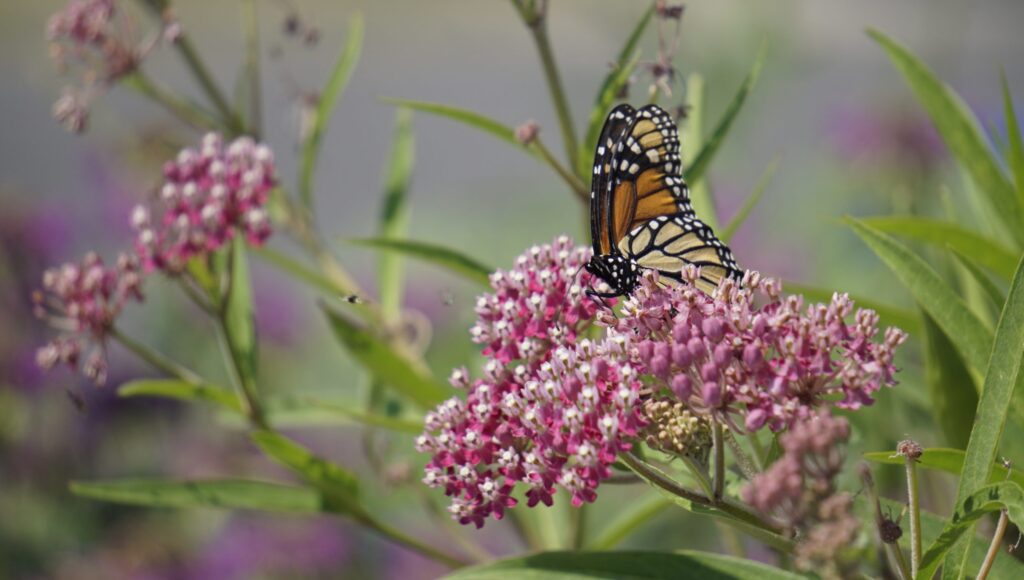
25 Florida-Native Swamp Milkweed Seeds (Asclepias Incarnata) for 2024 – Free Shipping
Our premium Asclepias Incarnata seeds, originating from our conservation land in Polk County Florida, provide an excellent opportunity to transform your outdoor space into a haven for the mesmerizing Milkweed Butterflies. These seeds offer an effortless way to cultivate a garden sanctuary that supports the life cycle of these delicate and fascinating creatures. These Swamp Milkweed seeds are recommended for USDA Hardiness Zone 9 and the rest of its native range. 25 seeds.
Light: This holly variety prefers full sun to partial shade. In its natural habitat, it often grows under the canopy of taller trees, making it adaptable to varying light conditions.
Water: Dahoon Holly has a marked preference for wet conditions, making it an ideal choice for areas that are periodically inundated or consistently moist.
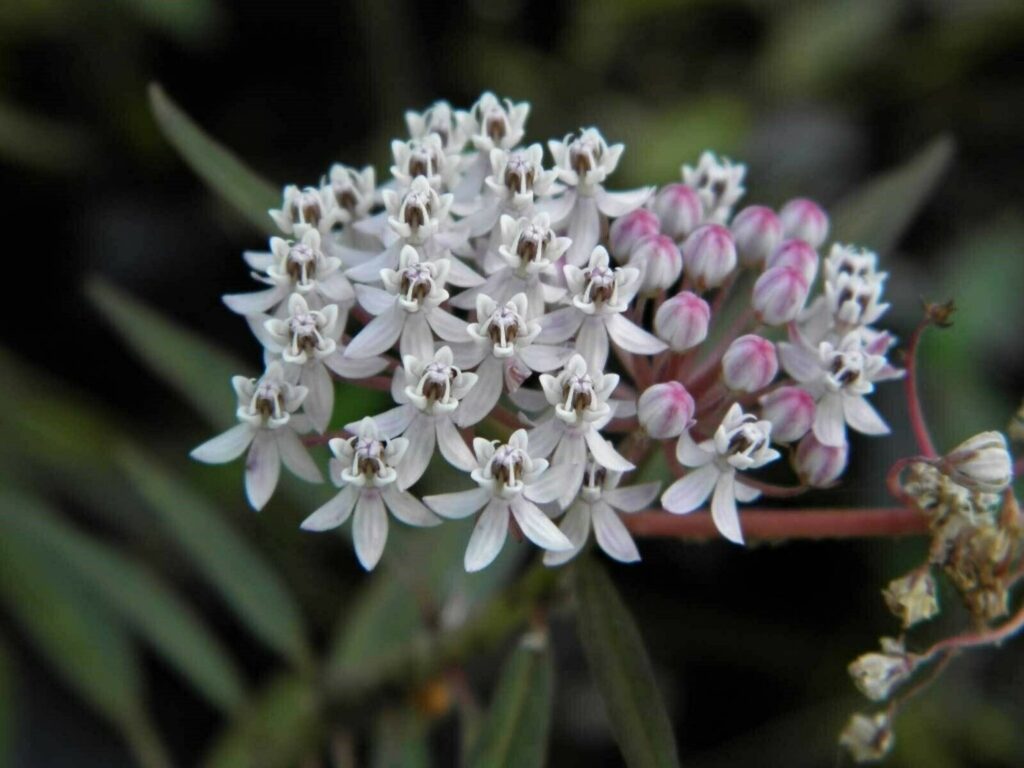
20 Florida-Native Aquatic Milkweed Seeds (Asclepias perennis) for U.S. Southeast – Free Shipping
Aquatic Milkweed (Asclepias perennis) is a native perennial that thrives in wet environments. With its beautiful white blossoms and attractive green foliage, it’s an eye-catching addition to any aquatic setting. Florida Native. 20 seeds. Free shipping.
Temperature: Being native to the southeastern U.S. and parts of Central America, the Dahoon Holly is adapted to warmer climates and can tolerate the heat and humidity typical of these regions.
